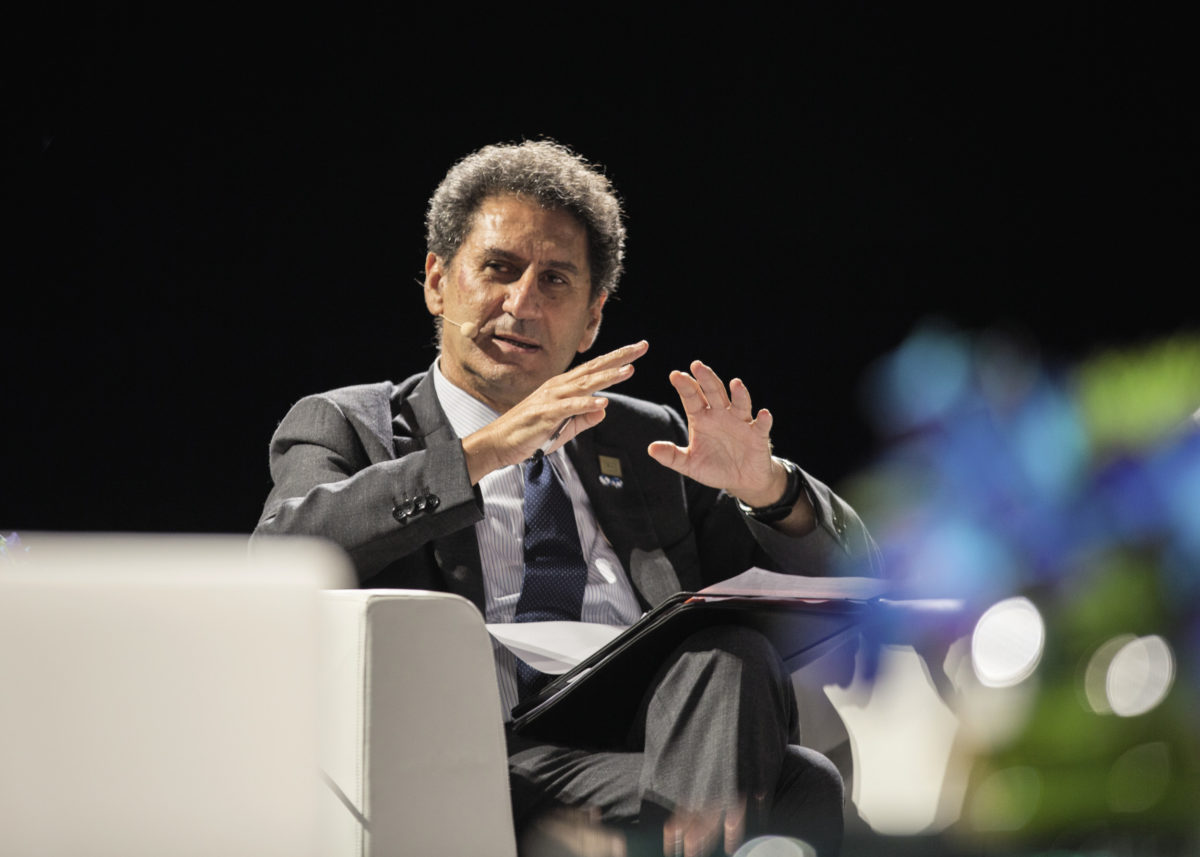Recent analysis of the Intergovernmental Panel on Climate Change (IPCC) Sixth Assessment has shown that the world is struggling to adhere to the target of limiting global warming to 1.5 degrees Celsius, the target set by the Paris Agreement.
“The ramifications of each fraction of a degree cannot be overstated – particularly for the world’s most vulnerable populations, who are already suffering the destructive impacts of climate change. The ubiquity of climate-induced disasters – be they floods, droughts or fires – demonstrates the pressing need for a course correction,” said the International Renewable Energy Agency (IRENA) in its World Energy Transitions Outlook report for 2023.
IRENA warned that the energy transition is “off-track,” noting that the aftermath of the COVID-19 pandemic and ripple effects of the invasion of Ukraine have compounded the challenges faced by the energy transition.
“Every fraction of a degree in global temperature change can trigger significant and far-reaching consequences for natural systems, human societies and economies,” said IRENA.
IRENA offered threshold levels of technology deployments that will be needed to meet the Paris Agreement target. It said that roughly 1 TW of renewable energy deployments are needed each year through 2050 to stay on pace. In 2022, about 300 GW of renewables were added. Renewables accounted for 83% of new capacity added, yet the rate still lags what is needed to decarbonize.
Despite dominating the share of new energy projects worldwide, IRENA said both the volume and share of renewables need to grow substantially. IRENA said this is both technically feasible and economically viable, but without divestment from fossil fuel interests, it may not occur quickly enough to stave off the worst effects of climate change.
“While there were record renewable power capacity additions in 2022, the year also saw the highest levels of fossil fuel subsidies ever, as many governments sought to cushion the blow of high energy prices for consumers and businesses,” said IRENA. “The business case for renewables is strong, but deeply entrenched barriers stemming from the systems and structures created for the fossil-fuel era continue to hamper progress.”
IRENA noted that solar deployment is well behind what is needed to meet Paris targets. Solar has deployed 191 GW in recent years, but must reach 551 GW annually by 2030, and 615 GW annually by 2050. Solar would represent nearly 60% of capacity additions by mid-century.
IRENA also notes a need for nearly tripling investment in renewable energy generation. In 2022, annual investment is around $486 billion per year, and that must reach $1.3 trillion by 2030 to stay on pace. By 2050, the need for new generation investments flattens some, as IRENA projects a need for $1.38 trillion in annual investments by 2050.

Additionally, investments in power grids and flexibility, like energy storage and transmission, total $274 billion in 2022. IRENA said investment in the grid needs expand to $605 billion per year in 2030 and $800 billion per year in 2050 to remain on pace with climate goals.
IRENA notes that the world has made impressive progress in the march towards carbon-free energy. Since 2010, solar capacity has grown 26 times. Risk assessment firm DNV said that solar may have to perform the act of multiplying its contribution over 20 times again by mid-century.
“By mid-century, total installed capacity will be 9.5 TW for solar PV and 5 TW for solar and storage. The resulting 14.5 TW of solar capacity is 24 times greater than in 2020,” said DNV.
The firm said that solar is expected to represent 54% of installed capacity by 2050. By then, it will be in an “unassailable position as the cheapest source of new electricity globally,” said DNV.
“Moving forward, public investments in renewable energy need more capital,” said the IRENA report. “Similarly, lending to developing nations needs to be transformed, for example, with grants and concessional loans, like the loss and damage fund launched at COP27. Meanwhile, public finance and policy should continue to be used to crowd in private capital.”
IRENA’s full World Energy Transitions Outlook 2023 report can be accessed here.
This content is protected by copyright and may not be reused. If you want to cooperate with us and would like to reuse some of our content, please contact: editors@pv-magazine.com.









By submitting this form you agree to pv magazine using your data for the purposes of publishing your comment.
Your personal data will only be disclosed or otherwise transmitted to third parties for the purposes of spam filtering or if this is necessary for technical maintenance of the website. Any other transfer to third parties will not take place unless this is justified on the basis of applicable data protection regulations or if pv magazine is legally obliged to do so.
You may revoke this consent at any time with effect for the future, in which case your personal data will be deleted immediately. Otherwise, your data will be deleted if pv magazine has processed your request or the purpose of data storage is fulfilled.
Further information on data privacy can be found in our Data Protection Policy.